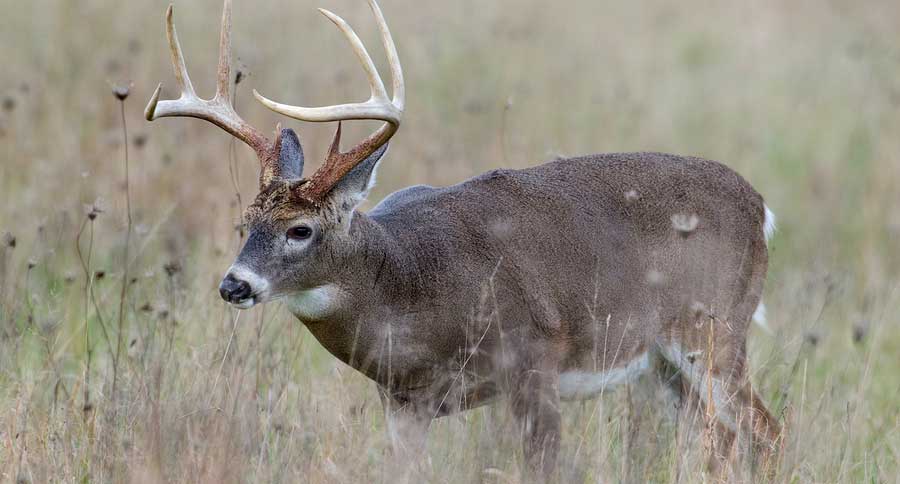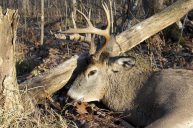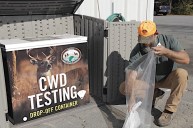The highly contagious disease is affecting deer in Kansas at a higher than normal rate.
The QDMA is hard at work in Kansas, pairing with the Kansas Department of Wildlife, Parks and Tourism to determine what is causing the increase in reports of this rare disease. The president of the local QDMA branch, Tim Donges, has also been hit by the disease.
"I have 20% of the bucks that use my 200 acre farm as part of their home range that have shown signs of what appears to be foot rot," Donges has said
That is an alarming rate to have carry the disease. Especially considering how easily the bacteria seems to spread from deer to deer. Due to the high rate of infected animals, the Kansas Department of Wildlife is working with a Georgia lab to find the cause and verify that this disease is in fact hoof rot. Infected legs are being sent to the facility for further testing and verification.
There could be several reasons behind the foot rot cases. Some of the issues could be from hemorrhagic diseases, that lead to infections as the year progresses. Others could be actual cases of foot rot, injuries from stepping on sharp objects, and finally, stressed post-rut animals.
So far cases have been reported in Neosho, Phillips, Cowley, Wilson, Bourbon, Anderson, Geary, Dickinson, Elk, Osage, Decatur, Butler, Lyon and Woodson counties. Samples have been sent from the last three counties with a goal to send one sample from each county.
Foot rot is not known to pass from deer to humans. It is fairly easy to pass from deer to deer. Most commonly in muddy areas through cracks or cuts in a deer's hooves allowing the bacteria to enter.
Kansas' deer population is considered to be in healthy state, so the main concern due to the disease is loss of income.
https://rumble.com/embed/u7gve.v3trxt/
NEXT: PHEASANTS FOREVER FORMS A NEW PARTNERSHIP




